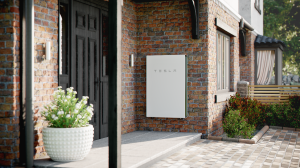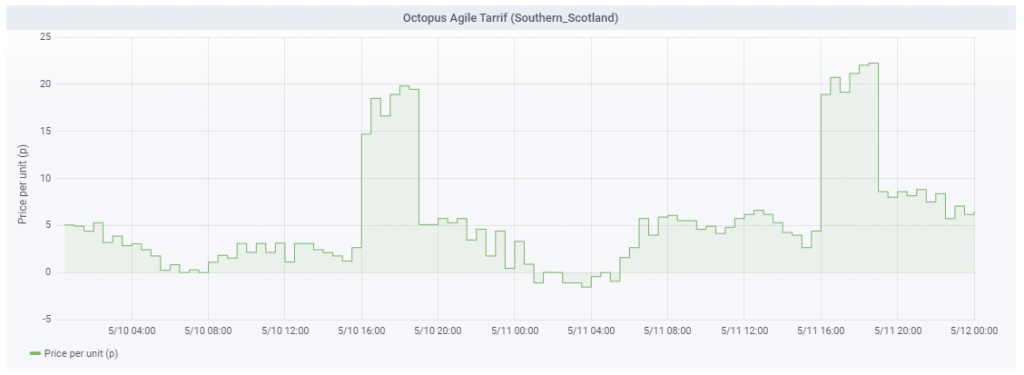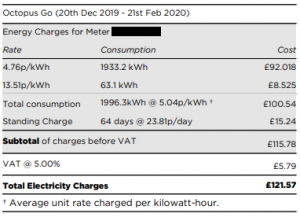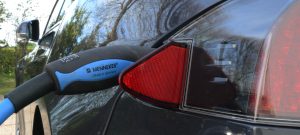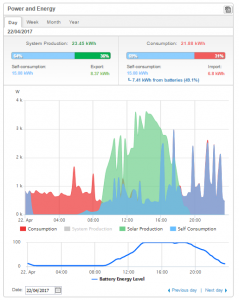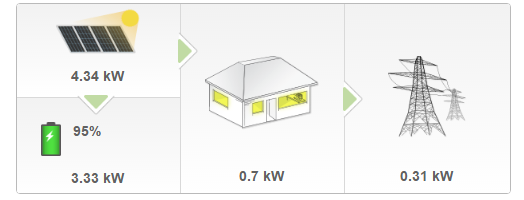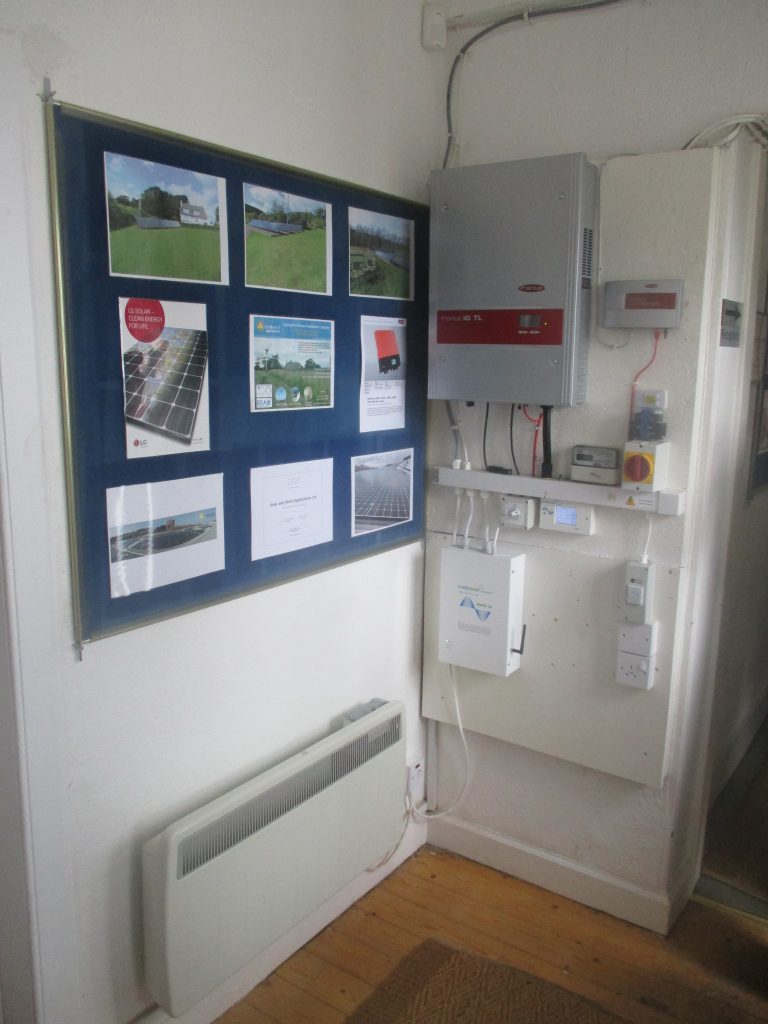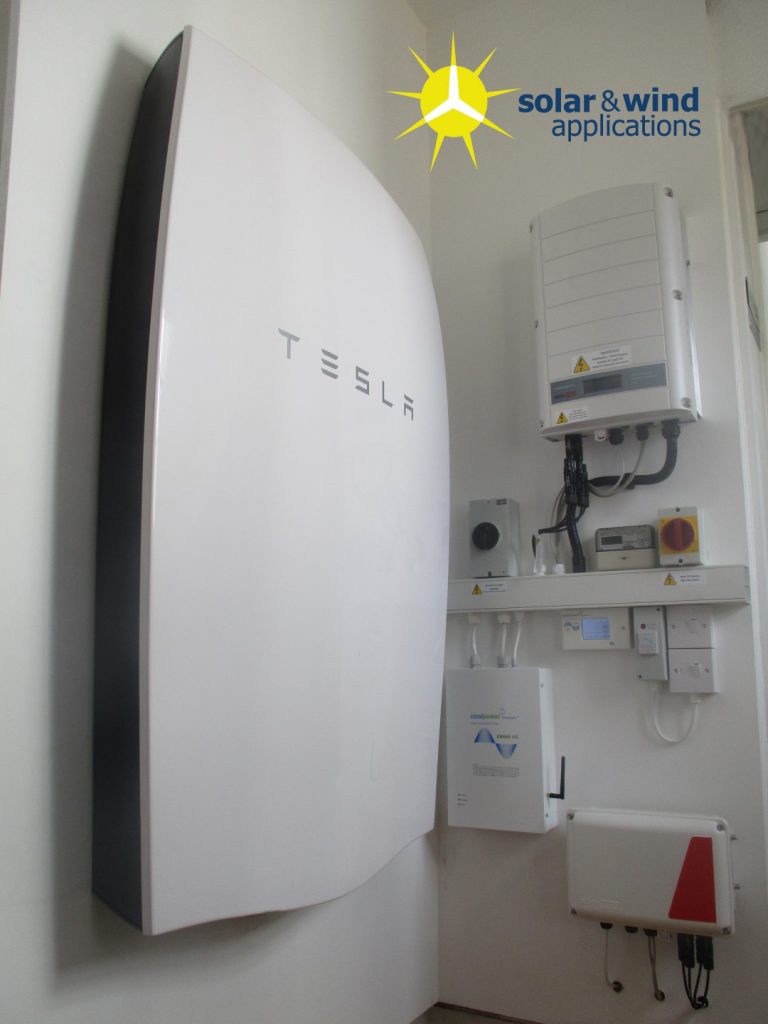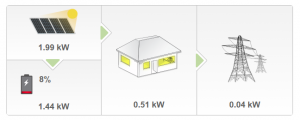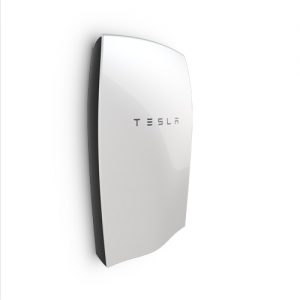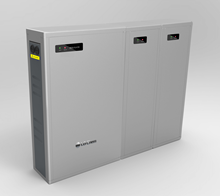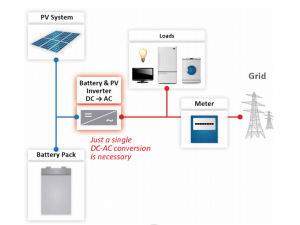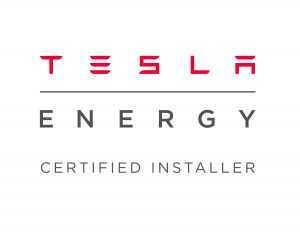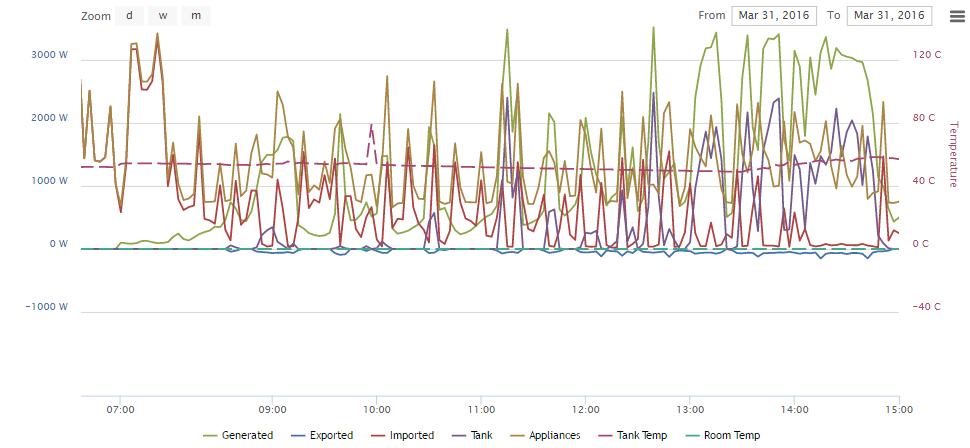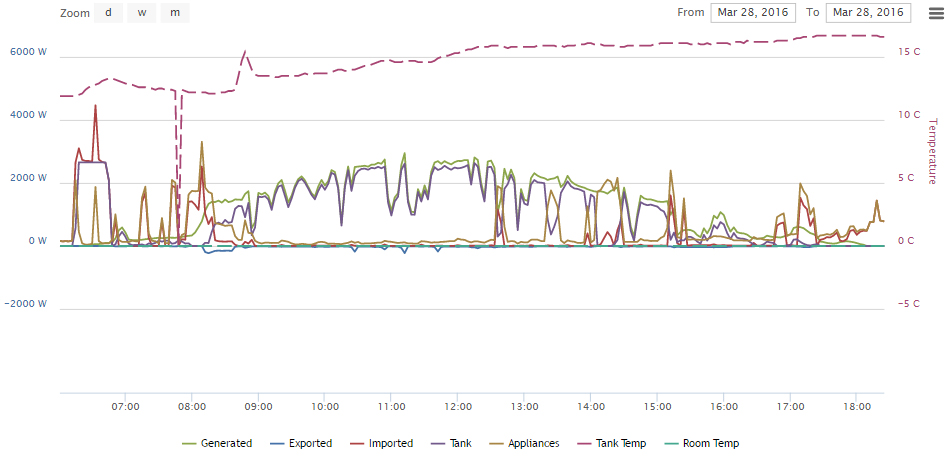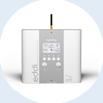The theme of our (sparse) news posts has generally been about the way in which the energy market is changing. That, and the way we are thinking about and using energy changing as a consequence is also really interesting at the moment. Now the next chapter is starting, with the full release of the Tesla Energy Plan.
Time of Use
With generation on your site, plus some storage we’ve been in a really good position to take advantage of Time of Use energy tariffs. Using the technology to our advantage we can minimise energy use from the grid, and when we do need it we can chose when to buy this for the cheapest cost and/or at the times when the grid is at its cleanest.
This operation, known as Time Shifting, results in us being able to achieve really low average electricity costs over the course of a day/week/year. As a side effect we are helping the grid out, as we’re shifting our reliance upon it to the times when there tends to be a surplus of generation – overnight usually, though sometimes during good solar generation output on the grid too. We also reduce our demand when the grid is at its most expensive.
The main tariff, “Agile” from Octopus Energy is the only tariff that tracks the wholesale price and really encourages this behaviour, with the benefit of very low average costs eing achievable.
Tesla Energy Plan
The Tesla Energy Plan, which is operated by Octopus Energy, is a “grid services” tariff. It is open to all Tesla Powerwall 2 owners. In signing up, we lose control of what our battery does to carry out this time shifting, instead handing control to Tesla to operate in order to best benefit the grid using both grid energy and energy from our generation system.
As a result of the battery charging and discharging to do this, we as consumers receive a single tariff for both imported electricity and electricity exported. This rate is currently 11p/kWh.
The other advantage is no standing charge, so a further saving.
This means that we can use electricity whenever we want for the same cost, meaning it’s very simple to use and saves us having to alter our consumption patterns as we may feel the need to with other tariffs.
In essence, Tesla are turning their fleet of Powerwalls into a Virtual Power Plant with users sharing energy between eachother, using the grid as storage.
Note that if you also own a Tesla vehicle the tariff works just the same, but at a rate of 8p/kWh.
There’s a nice video of how it all works on the Tesla page for the Tesla Energy Plan. Note that Backup Operation requires Tesla Energy Gateway 2 to be installed…
Is this for me?
Whether this suits you and your consumption/generation profile depends!
If you have a lot of export, it probably does as the rate is much higher than on FiT Export or SEG Export rates.
If you’re a high consumption household with reasonable generation capacity then it may also suit, as the average cost is reasonable and has the advantage you know what it is compared to the variable nature of Agile, or the potentially higher average rates on a simplified time of use tariff like Go (also Octopus Energy).
In any case, any of these tariffs are likely to result in cheaper costs than a non-variable tariff.
Sound good?
Everyone’s needs are different, consuming different amounts of energy at different time of the year, per day and so on but there is probably a solution for you to reduce your average cost of energy using this technology.
For more information, or to see how this might work for you please get in touch!
